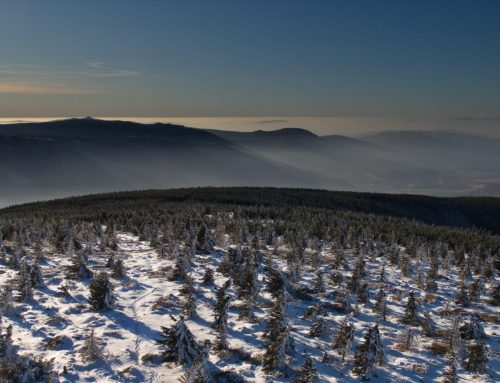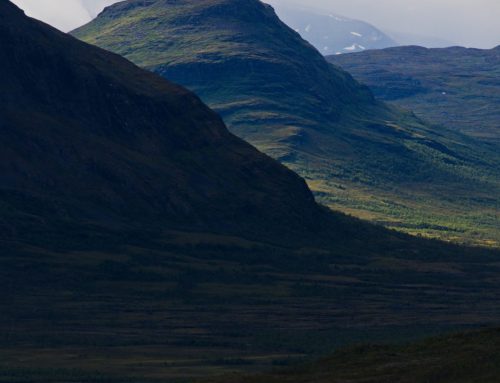Panasonic LUMIX GX8 + Olympus M.Zuiko 60 mm f2.8 Macro with 36 mm extension tubes, ISO 200, 1/125 s, f/9, Godox TT350 flash
This week’s picture is the result of my first successful attempt to capture snowflakes. It was snowing heavy so I placed my ‘famous’ black plexiglass sheet on the balcony to cool down. To take the picture, I placed the plexiglass and waited for some big snowflakes to fall on it. Not every snowflake is beautiful and well-formed. It also gets crowded soon. To manipulate the snowflakes, I used a rocket blower. Others are also using frozen brushes to handle these delicate crystals. The Godox flash was placed on the left side. It was triggered by the Godox XPro-o wireless flash remote controller.
Exposure measurements
Because the subject was in average very dark, I turned the exposure compensation one stop down. Otherwise, the camera would try to bring the exposure in average to a medium grey. As a result, the snowflake and especially the highlights would be completely white (photographers say ‘burned out’). The same effect can also happen with very bright subjects (like winter landscapes). If you don’t provide any guidance to your camera, it would underexpose the picture to an average grey. Dark areas in the picture might then be underexposed or maybe even completely black. This problem is more severe for subjects with very bright and very dark areas (wide range of tonality).
Dynamic Range
The ability of cameras to capture such variation in tonality is called dynamic range and is measured in stops. One stop more light means a doubling of the brightness. The dynamic range of cameras ranges between 12 and 15 stops. The human eye has a static dynamic range of 6.5 stops, but because it can adapt quickly to different brightness levels when looking around, humans can ‘see’ subjects with very high contrast. In fact, with the adaption to the darkness within 30 minutes humans can see in a range of 46.5 stops (https://en.wikipedia.org/wiki/Human_eye#Dynamic_range). Impressive!!
Using exposure compensation
When taking a picture in such challenging conditions, the histogram should be checked for clipping on the white and black side. In case of such clippings, the exposure compensation can be used to correct the picture and avoid the clipping. If clippings appear on both ends of the histogram, the range of tonality is too wide for the camera and it can’t capture the scene. Sometimes, a composite technique called High Dynamic Range (HDR) can be used. In the HDR process, several images with exposure compensations for every image area are combined to produce a single image.





Leave A Comment